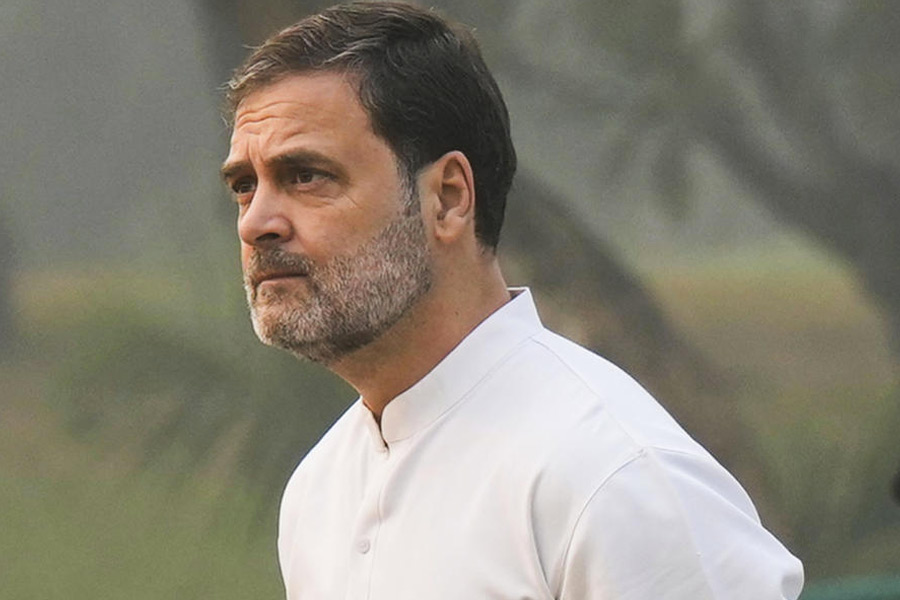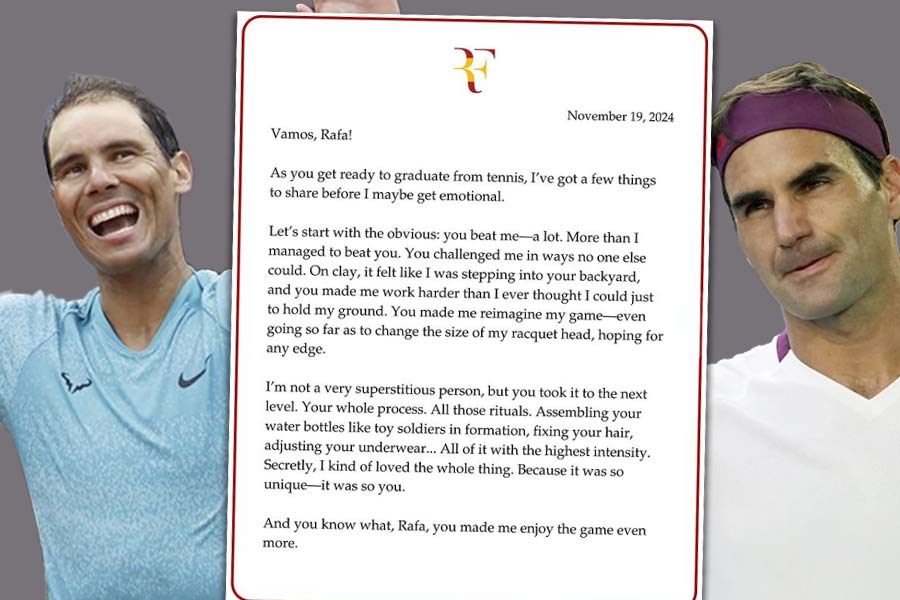It’s a milestone for us and we are confident about the direction we are headed in 2019,” Ranjivjit Singh, SVP and chief marketing officer of Samsung India, told The Telegraph with confidence. He wanted to talk about the difference the refreshed Galaxy A has brought to consumers and the company in the last 40 days. The South Korean tech giant has unveiled a slew of phones and most of them come with features and specs that are eligible for flagship devices. While India prepares for the launch of the Galaxy A80 with its rotating camera set-up and all-screen display, here’s what Singh told The Telegraph.
It’s been only 40-odd days since the launch of the revamped Galaxy A series. Has it been a success story?
The first time we spoke was on February 14 and there was a promise to put forward devices based on the learnings from millennials and Gen Z. There has been a massive shift towards video and the identity of many youngsters is being defined by the use of rich-media technology (video, special effects and AR). We launched the Galaxy A50, the A30 and the A10 in March and we have seen a phenomenal success. After looking at the market in Calcutta, Delhi, places like Dehradun as well as Rishikesh and then into smaller towns, the only feedback I am receiving from retailers is ‘give us more’. They want more products. People liked the white colour of the A50 and the triple camera it comes with. What people like about the A30 is the slim form factor at a lower price, with the only trade-off being that it comes with a dual-camera set up on the back. And the A10, which is priced at Rs 8,490, has great specs.
That’s not all, last week we started shipping out the A20 with a 4,000 mAh battery (priced at Rs 12,490). Now we are shipping out the A2 Core, which costs only Rs 5,290. You can well imagine how users in the feature phone segment — which is about 400-500 million users — would react. With data cost being low, they want to experience smartphones.
You recently launched the A70 and A80. Where do they fit in?
We are continuing to expand the A series, like the new A70, which you saw being unveiled in Bangkok recently. It has a massive 4,500mAh battery and comes at only 28,990. Also unveiled in the Thai capital was the A80 with a rotating camera set-up and a processor (Snapdragon 730G) that’s geared for gaming; it will be priced under Rs 50,000. I think we have a full range here and I have no doubt about how we are going to end the year, both from volume as well as value perspective. We made a promise of a launch every month and that has been kept.
We made a promise of $4 billion from the Galaxy A series (in February, Samsung said it expected sales in the range of $4 billion in this year, in terms of just the Galaxy A series) and we are living up to that too. The overall progress has been really good.
Can you share some data around your success?
Nothing speaks better than data. Our Galaxy A series launched in March. If we take just the A50, the A30 and the A10, in the last 40 days we have sold two million units, something no other brand has been able to do. Let’s convert it to revenue, this comes to $500 million… only from three models, in 40 days. Now we will add more to the list, and the A80 will come in May. I believe we will not only reach but exceed our target.
What are the features that are big at the moment?
The big thing that’s happening is ultra-wide video. I think it’s the number one thing on the list for youngsters. Just getting that wide landscape in video is something that has become a huge trend. The second trend, particularly in social media, is the slo-mo. The A70 has that and also Samsung Pay; some of these things are mind-blowing.
What happens to the immensely-popular J series?
The J series was literally built around the era of selfies. The phones have served us very well. We are now looking at the A series, which stands for the era of live. In other words, phones that capture the philosophy of things happening at the moment. It’s for the era of videos. The J series, I believe, has done its course.
Do you think more people will aspire for flagship devices?
People want to have a flagship experience. Think about the rotating camera and you will find a certain segment of consumers who want it… people who would stretch their budget to own innovative features. Not just consumers, many things are taking place at retail level. Some of the barriers that are there — like up to 10k means budget phones, up to 20k means slightly sophisticated phones — will get broken. People will slowly aspire for higher innovations and the market will be driven by innovations.











